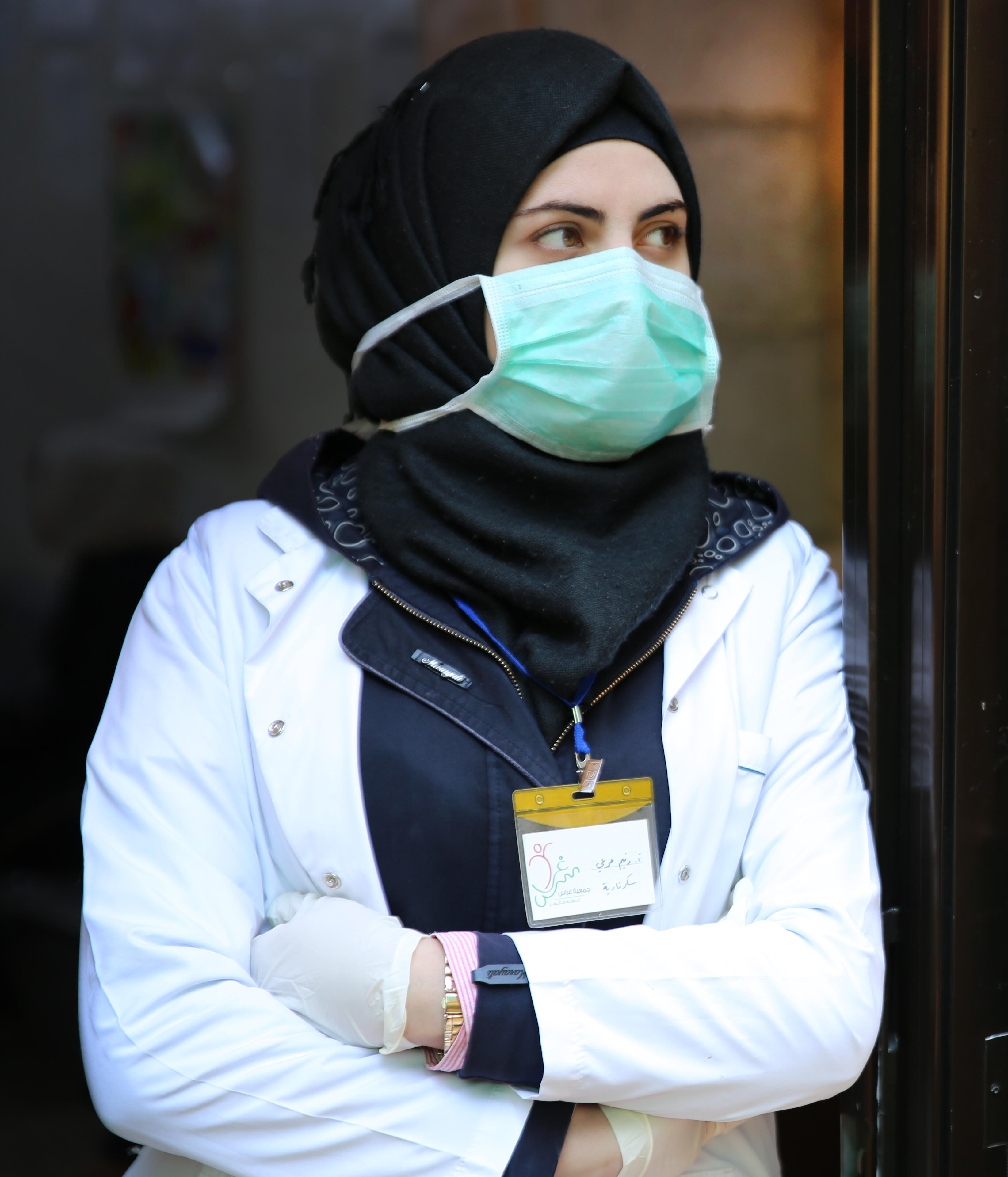The world owes Syrian women and girls support and protection
As the Syria crisis passes the decade mark, the absence of a political solution signals a grim reality: more people, particularly women and girls, continue to suffer in 2021. This year, the crisis enters a juncture replete with unknowns, calling upon the international community to pay heed.
The situation for Syrians today is worse than it has been in years. Between years of protracted instability, disruptions in public services, economic crisis, and the COVID-19 pandemic, the lives, dignity, and fundamental freedoms of Syrians are at risk. It is estimated that 13.4 million people remain in humanitarian need inside Syria, while half of the Syrian population — 11.7 million — remains internally displaced or are living as refugees in host communities throughout the region. Women and girls continue to suffer the worst impacts of the crisis. It is estimated that — among those in need — close to 7 million are women and girls of reproductive age and close to half a million are pregnant, requiring access to quality sexual and reproductive health (SRH) services.
Meanwhile, gender-based violence continues to pervade the daily lives of women and girls. Harassment, family violence, child and forced marriage, and sexual exploitation remain consistent trends, and the crisis itself stands to only exacerbate them. With COVID-19 taking hold throughout the country and in refugee communities region-wide, these challenges will only continue to worsen as communities struggle to meet their basic needs.
Long before COVID-19, UNFPA had consistently endeavored to shed light on the enormous suffering taking place in the context of this crisis. We consistently echoed the voices of women and girls throughout the region who are bearing the brunt. We advocated for the rights of girls like Dalia, an adolescent girl from Idleb, who tells us that “after the war came, we thought we would have to worry about fighter planes and bullets, but we instead worried about harassment, kidnapping, and rape.” Dalia tells us that, for many girls caught in the wake of this crisis, even school is no longer an option, with many families choosing to marry their daughters as a misguided means towards security.
Many girls like Dalia were children when the crisis erupted and have spent most of their formative years in conflict, meaning that their worldview and sense of self have been significantly shaped by the events unfolding in the region. Some have grown and now have families of their own to feed and protect, often as single heads of household as husbands and fathers leave for work or lose their lives in the violence. For a mother like Randa, whose marriage was forced upon her at the age of 16 and is now a 21-year-old mother of three, choices in 2021 will be few and far between.
In north-western Syria, the situation continues to be severe, with ongoing hostilities causing mass displacements and disruptions in community networks and services. Women and Girl Safe Spaces supported by UNFPA remain a lifeline for women and girls in general and for survivors of gender-based violence.
Despite these mounting challenges, UNFPA believes that every woman and girl affected by this crisis has the right to access quality sexual and reproductive health services and to be protected from gender-based violence.
UNFPA has appealed for a total of $132.1 million to fund its regional response to the crisis in 2021 and will continue to adapt and grow its programmes over the course of the year to ensure that no one is left behind. Even under the most stringent COVID-19 restrictions in 2020, UNFPA delivered aid to more than 3 million people impacted by this crisis, including 2 million people who were reached with sexual and reproductive health services and a million people with gender-based protection and response. UNFPA will also continue to focus on making its services more accessible to particularly at-risk population groups, including adolescent girls, people with disabilities, and other reproductive rights vulnerable groups regardless their orientation.
A decade of crisis is a grim milestone in and of itself. In a region that is beset by protracted humanitarian crises, and in the age of COVID-19, inaction is not an option and will only lead to more suffering, particularly as mass displacements, and disintegration in the fabric of society push more families into despair. For women and girls and the future resilience of Syrian communities throughout the region, the consequences will be dire. It is up to the international community to take a firm stand in 2021 and deliver a resounding message of support to Syrians everywhere.


